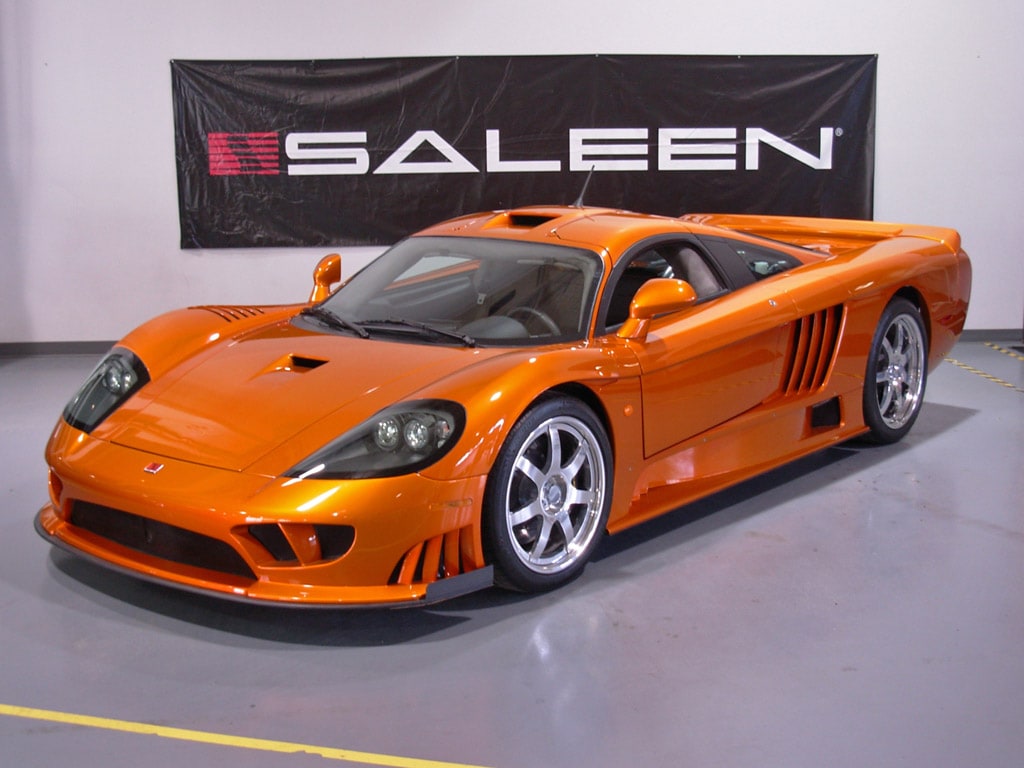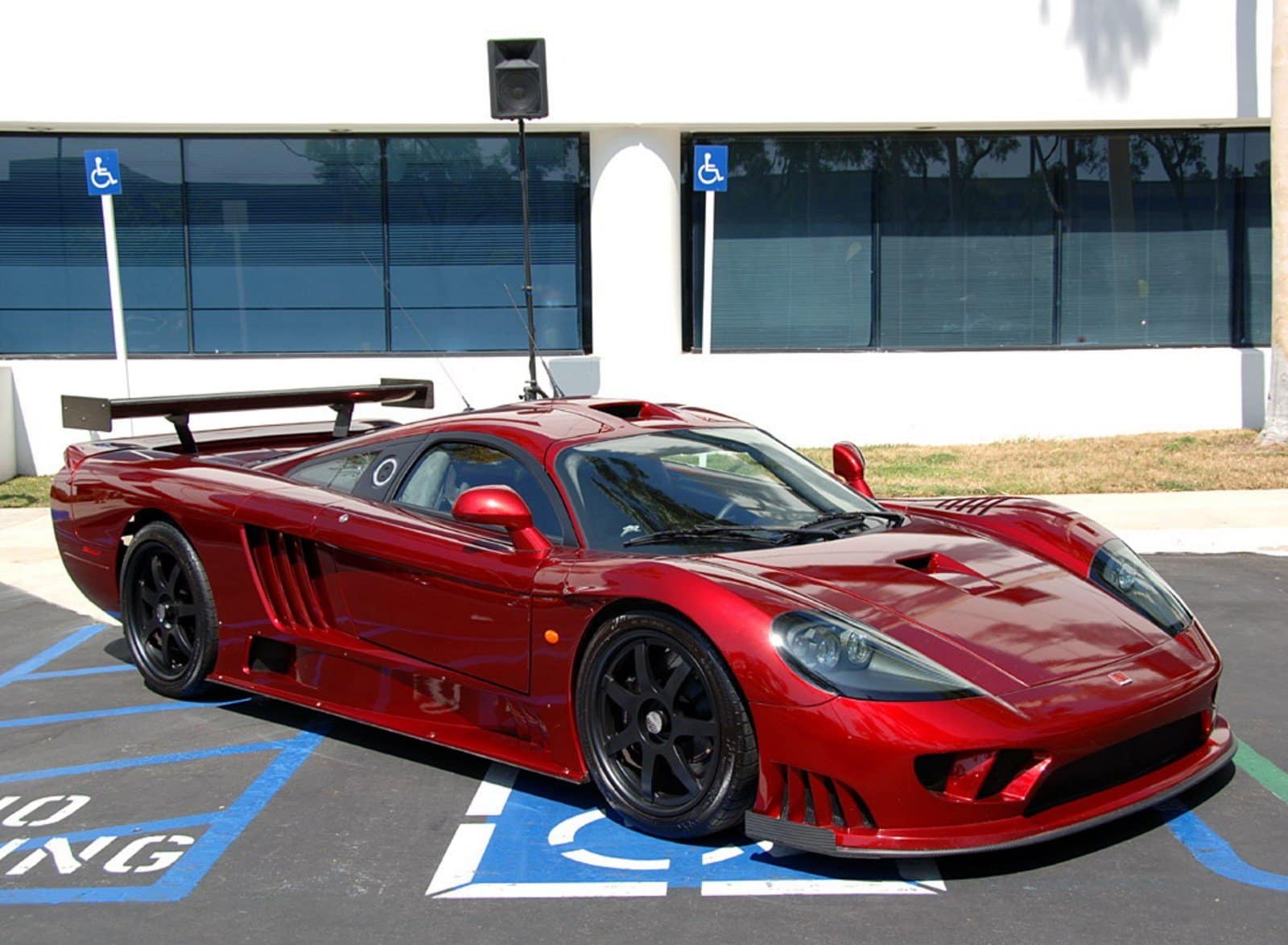When car fans think of exotic supercars, they almost always think of Italian brands like Ferrari, Lamborghini, or perhaps the UK’s Aston Martin. However, the American car industry has its fair share of exotic machines that rival the best of the European thoroughbreds.
From mid-engine supercars to semi-racing machines, Americans have always produced advanced machines that could beat anything from Italy, the UK, or Germany. These American exotics might not have the same expensive-sounding names as Europeans, but they have the same advanced technology and brutal performance – the same ingredients that make a supercar that was simply made in the USA. We found the best of these American supercars that scorched the roads, so check them out here.

Saleen S7
Ford Mustang lovers will surely recognize Steve Saleen as one of the best tuners of late model Mustangs and one of the most recognizable names in the business. Some say he is to ’80s and newer Mustangs what Carroll Shelby was to ’60s muscle cars. Either way, he’s a legend of the American car scene. In the early 2000s, Steve Saleen decided to branch out and enter the supercar market with the S7 model, a fast and good-looking exotic model that featured the latest technology and proven V8 power. Saleen invested a lot of time and money into constructing the S7 and even used companies that produced parts for Formula One cars to help him in the development of this car (via Saleen).

The result was a 550 HP Saleen S7 in 2000, immediately drawing attention from the supercar crowd. The S7’s superb performance looks, and technology were on par with the best European supercars at the time. In 2005, the even more powerful Twin Turbo version was born. It boasted 750 HP and a top speed of almost 250 mph. The car proved relatively successful, even on the track. Saleen produced a racing version too.
